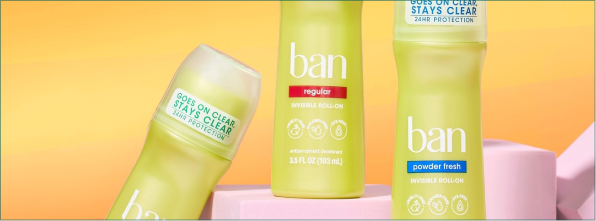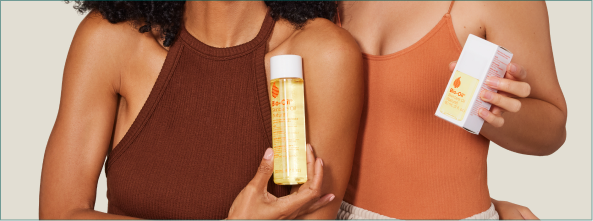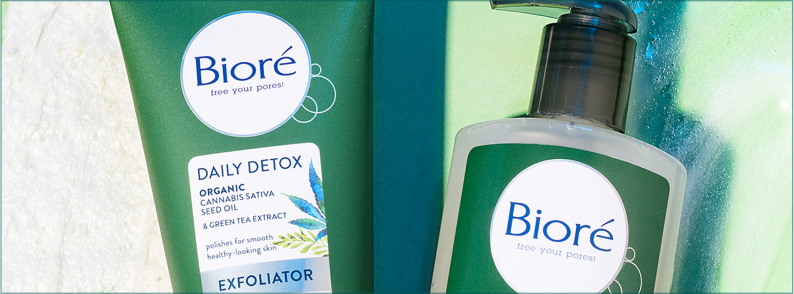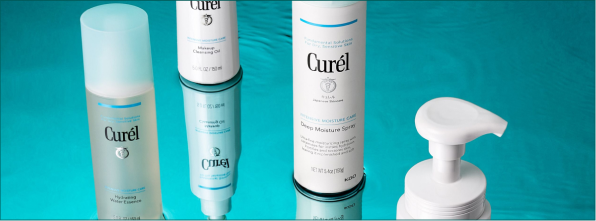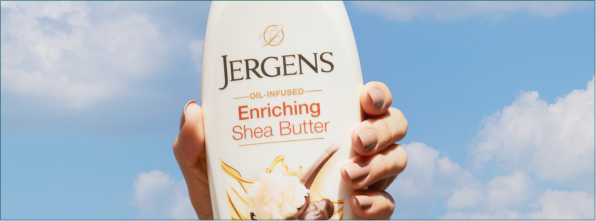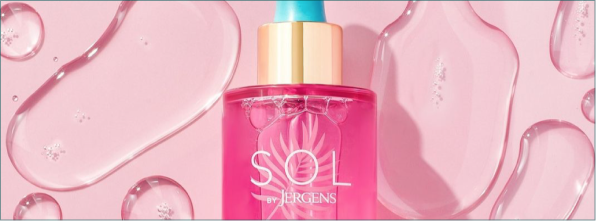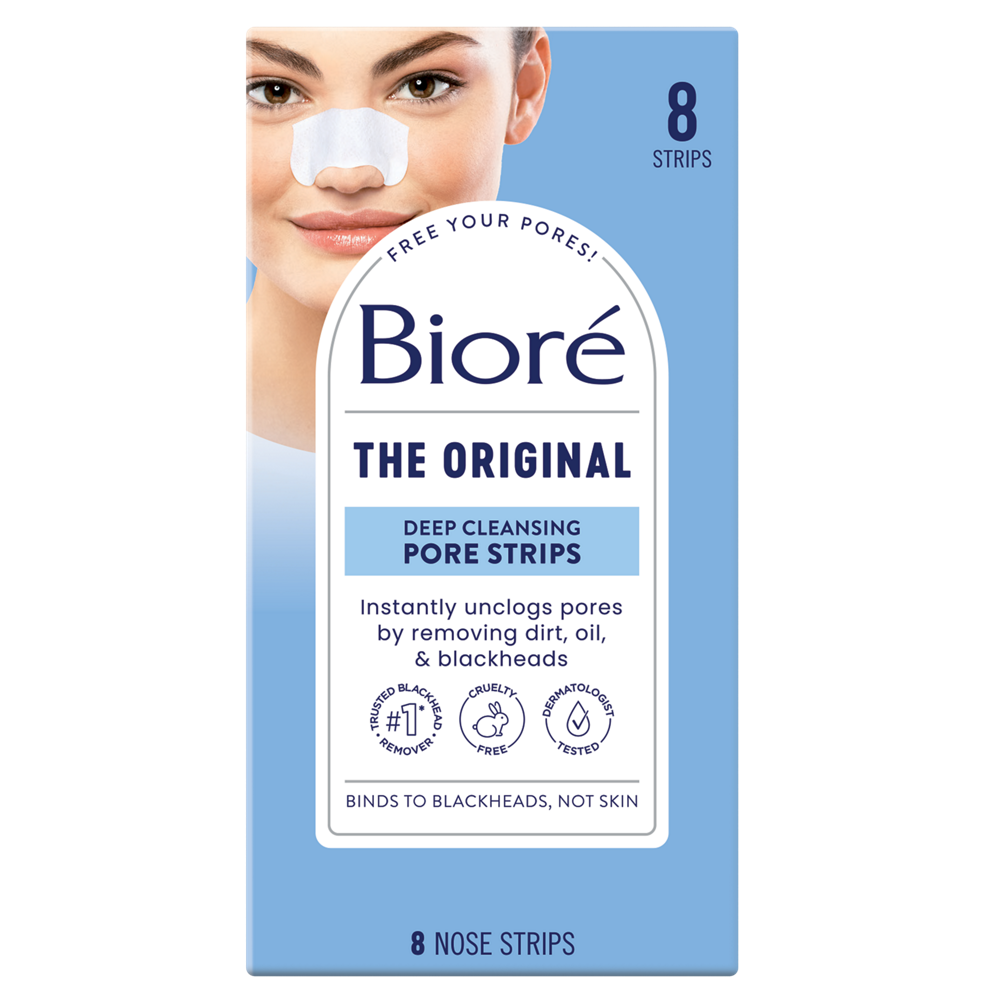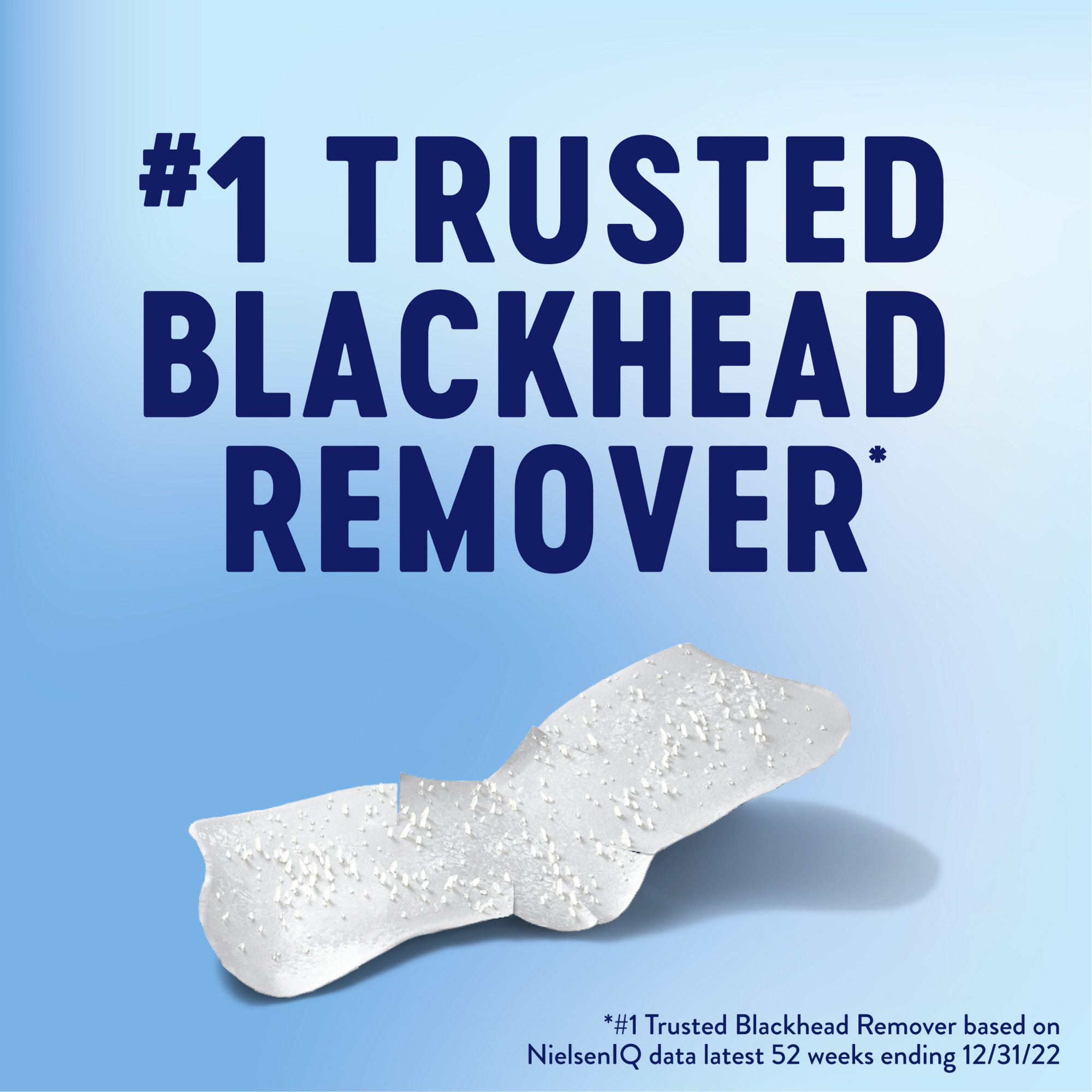How To Reduce Pimple Redness

When you're dealing with frequent acne breakouts, it can be a pain to keep the discomfort and irritation under control. There's a good chance you're even more concerned with hiding these unwanted blemishes. Redness can make it very difficult to camouflage acne, resulting in an uneven complexion.
Understanding the causes of pimple redness, along with some beneficial treatment options, can help you develop a solid skincare plan. These practical tips can help you treat pimples more effectively while reducing redness for healthier, more comfortable skin.
Shop Blemish Patches
What Causes Pimple Redness
Increased redness anywhere on your skin is relatively common. When bacteria are present or there is damage to the skin, your immune system responds by causing inflammation. Some major signs of inflammation are:
- Pain
- Heat
- Swelling
- Redness
Most of these symptoms occur simultaneously. Specifically, redness develops because the blood vessels dilate during inflammation, allowing more red blood cells to access the affected area. This results in a redder skin hue.
Redness in pimples is a typical inflammatory response. When the buildup of oil, dirt, and bacteria spills out of the pore, your immune system responds to promote healing while neutralizing those foreign substances. Redness often worsens with picking because of the increased damage and the further spread of more bacteria.
Redness in pimples is a typical inflammatory response. When the buildup of oil, dirt, and bacteria spills out of the pore, your immune system responds to promote healing while neutralizing those foreign substances.
Keep in mind that acne scars may look red, much like an inflamed pimple, but are very different. This redness is often due to damage to the capillaries just below the skin's surface. Fortunately, they typically heal on their own, but acne scars may take even more time to fade than pimples.
How To Reduce Pimple Redness
Over-The-Counter Treatments and Prescriptions
Most of the time, using the right over-the-counter products can significantly improve pimple redness. However, if you have serious, chronic, or cystic acne, you may need a prescription-strength treatment to keep painful breakouts under control. Either way, it's a good idea to consult with a dermatologist to determine which approach is safe for your skin.
If you're new to any of the ingredients on these lists, remember to try new products with care. Start with a small dose and work your way up from there. Some minor irritation is normal for stronger products and should improve within a few days. However. serious discomfort may mean your skin is too sensitive for that particular treatment.
OTC treatments
From cleansers and scrubs to serums and spot treatments, you can find various products to cleanse and exfoliate your skin while keeping redness to a minimum.
Salicylic acid
- This beta-hydroxy acid is a type of chemical exfoliant and a favorite ingredient for addressing acne. It helps slough away buildup for a deep-down clean.
Benzoyl peroxide
- This is a must-have acne-fighting ingredient. It is especially effective for pimple redness and even helps get rid of excess oil and dead skin cells. Benzoyl peroxide is particularly useful for neutralizing the bacteria that cause pimples.
Pimple patches
- Pimple patches are an easy and effective way to treat pimple redness and the pimple itself.
Niacinamide
- This type of vitamin B-3 offers a wealth of skincare benefits, including reducing redness. It can also help minimize pores over time.
Prescriptions
Always follow the instructions for prescription products with care. Women who are pregnant should be especially careful when using certain ingredients, such as retinoids, as these can be harmful to your pregnancy. Please consult your dermatologist to ensure the skincare products you implement are safe.
Retinoids
- This vitamin A derivative has anti-aging effects and improves skin cell turnover rate. It is also helpful for reducing redness.
Azelaic acid
- Azelaic acid is a natural and skin-friendly acid with exfoliating benefits, while still being a helpful ingredient for addressing redness.
Antibiotics
These medications can be oral or topical. Both help to get rid of acne.
Home Remedies
You may not have to look beyond your own bathroom or kitchen to find the ingredients you need to make an effective home remedy for inflammatory acne. However, these simple treatments can provide some much needed relief.
Aloe vera
- Aloe vera is a trusted skincare ingredient that addresses inflammation and combats the bacteria that cause acne. Use it as a spot treatment or apply it onto the entire face. Leave it on for a couple of minutes or overnight. You can even use it as a cleanser. The options are limitless!
Ice
- If you want to know how to reduce redness from acne quickly and easily, ice can be very effective. However, it is not recommended to apply ice directly to the skin because it can cause irritation and skin damage. Instead, wrap it in a thin, clean cloth before placing it over the affected area for a few minutes at a time.
Green tea mask
- Green tea is a delicious treat that also does wonders for improving redness. Mix green tea powder with some water and use it just as you would a regular facial mask!
Tea tree oil
- Tea tree oil is a powerful ingredient for combatting redness. However, it should not be used directly on the skin because it can cause irritation. Dilute tea tree oil with a carrier oil (like olive oil), moisturizer, witch tree hazel for a toner, or a yogurt mask. You can even dilute it with water and use it as a spot treatment. Do not use tea tree oil if you have very sensitive skin.
Lifestyle Adjustments
Prevention is one of the most important aspects of a good skincare routine. Avoid harmful habits and make healthy choices so you can enjoy less inflammation and even fewer breakouts. Understanding how to get rid of redness from acne requires a holistic approach.
- Do not pick at your skin.
- Be gentle with your skin.
- Keep yourself hydrated.
- Continue a regular morning and evening skincare routine. Don’t forget to cleanse, tone, and moisturize at a bare minimum.
- Use makeup as a temporary fix. Remember to remove all makeup and cleanse your skin before you sleep to prevent further irritation!
- Wear sunscreen regularly.
- Eat a nutritious diet and watch out for foods that cause more breakouts.
- Take steps to reduce stress and manage it in healthy ways.
- Get enough rest to maintain overall wellness.
Key Takeaways
- Inflammation causes pimple redness. Picking and popping them can make this worse.
- Many over-the-counter and prescription treatments can help control inflammation and significantly reduce redness.
- You can also use products you have around the house to create effective home remedies for pimple redness, including ice and aloe vera.
- Combating acne breakouts requires more than just topical treatments. Make healthy choices for your skin and your body to help keep pimples under control.
If you're dealing with red, inflamed pimples, there are easy and effective ways to reduce this common problem. Remember to keep your pores clean while using anti-inflammatory ingredients to soothe your irritated skin. Above all, follow a nourishing skincare routine to keep breakouts to a minimum.
